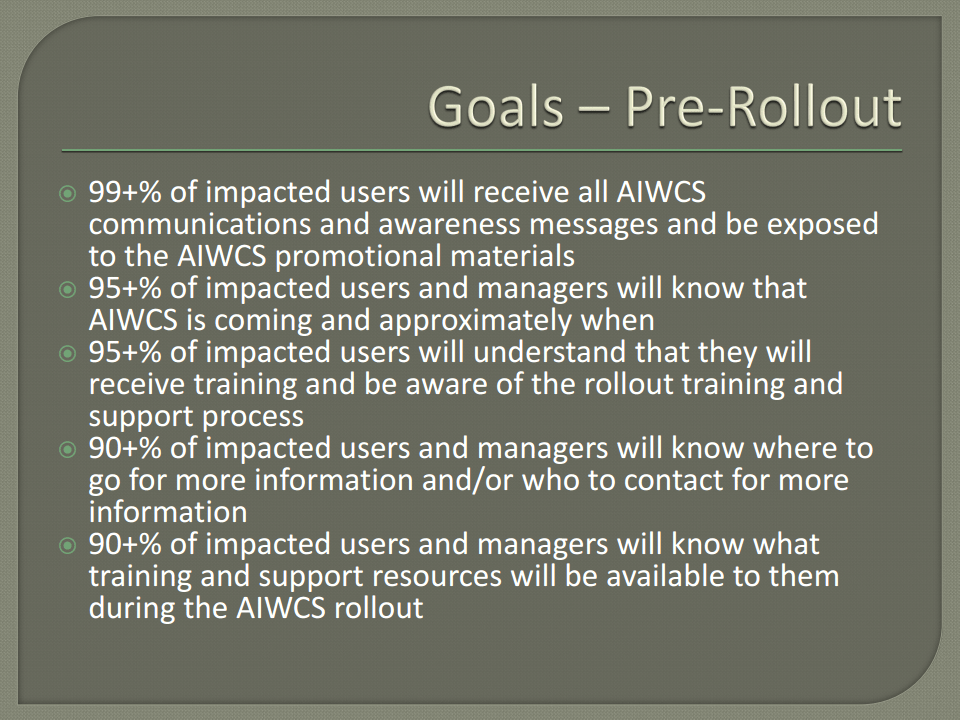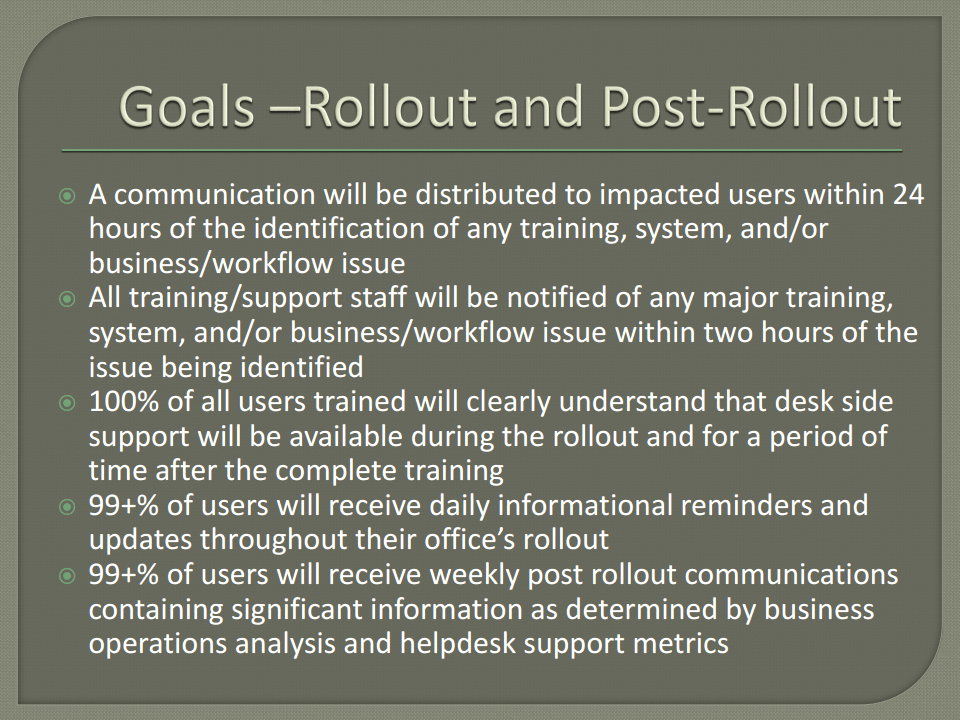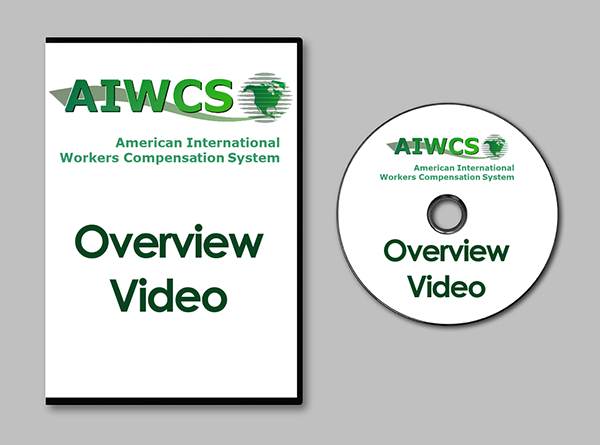Key Results Summary
Generating Awareness and Driving Communications for a High Profile Underwriting System Rollout
Situation:
The business units underwriting workers compensation insurance policies for a major international insurance firm joined together to develop a new business processing system. This impacted several business units and was a major source of division revenue and profit. Senior management requested an extensive awareness campaign to make sure everyone impacted was aware of the pending implementation. That awareness campaign was to be followed by an extremely active communications program with multiple objectives:
- Make the user community aware of the project and its benefits to AIG and its business units;
- Alleviate user concerns and fears of transition;
- Manage user expectations; and
- Encourage attendance at briefings, overviews, and training sessions.
Action Plan:
The target audience for awareness and communications was identified as:
- All AIG end-users who will be migrating AIWCS
- Managers of end-users who will be migrating to AIWCS
- Senior executives within AIG
Very specific goals related to communications messaging were also developed. These were established for Pre-Rollout and for Rollout & Post-Rollout.
 |
 |
A communication plan was developed to address the awareness building and promotional needs during the pre-rollout phase. Major activities included a series of open house events, shooting an awareness video, and promotional flyers announcing the new system and the open house events.
Results:

The impacted users were located in 37 different locations. Through an analysis of the user population it was determined that over 50% of them were located at the 14 larges sites. These 14 sites became the venues for the open house events. To meet the needs of users unable to attend an open house event, a video was created. The video was scripted. It featured opening messages from senior executives, interviews with system users who had been involved in design, development, and user testing. There was also a short demo segment. A professional video company shot the video edited it, and packaged it for distribution. The video was available for viewing at the open house events. It was also distributed to all sites that were not having open house events so users at those locations would be able to view it also.
Posters and flyers were placed at all open house locations make users aware that an event was coming to their site. As the schedule was finalized the material was updated with specific dates, times, and locations. Each event featured presentations, the overview video, giveaway, demonstrations, refreshments, etc. Due to the size of some locations, the events were held over one to three days. All events were well attended and users provided very positive feedback about the events and what they were able to learn.
Additional messaging was distributed through e-mail and posted on the system's intranet page. All communications demographics for event attendance, message distribution, intranet site updates, etc. were tracked to monitor the communication plan objectives.
In the weeks leading up to the first deployments, messaging was developed to support the rollout and post-rollout activities. These included reminders about training, follow-up support, frequently asked questions, and other relevant messages. As the site deployments and training progressed many messages were reused for subsequent waves of users being impacted. As issues evolved materials were updated to maintain the message content and provide the latest information.
After deployment, the project team received high marks for all stakeholders for the effectiveness of the awareness and communications effort. User feedback was especially positive about how they were kept informed on a regular basis and were quickly aware of any new information.
